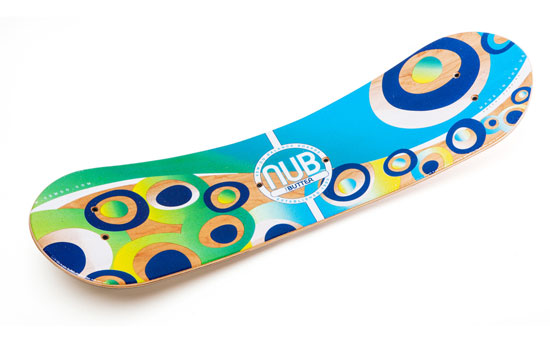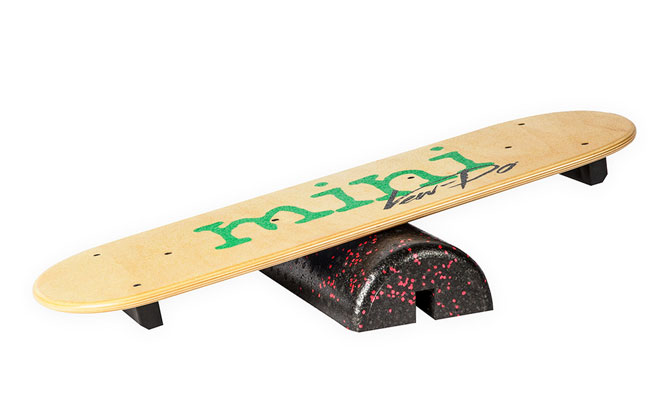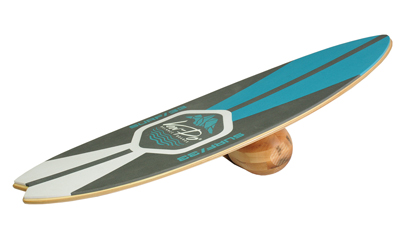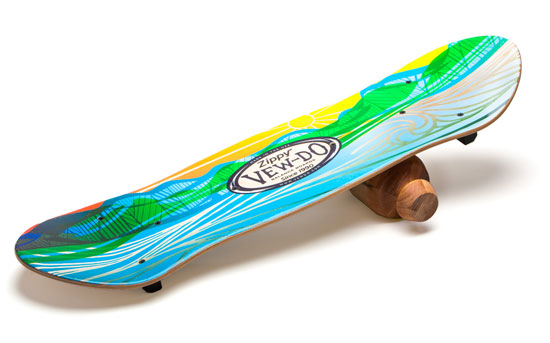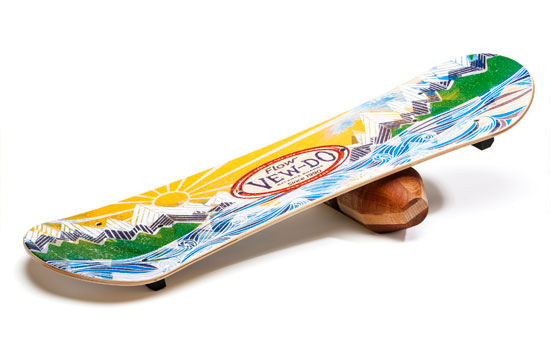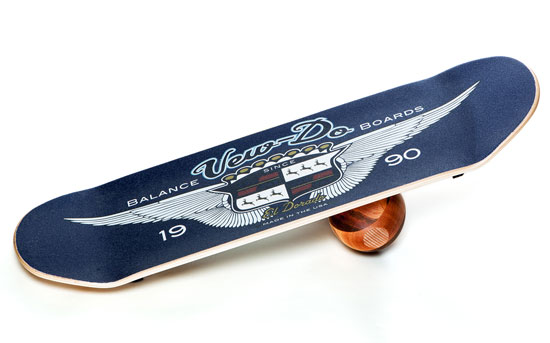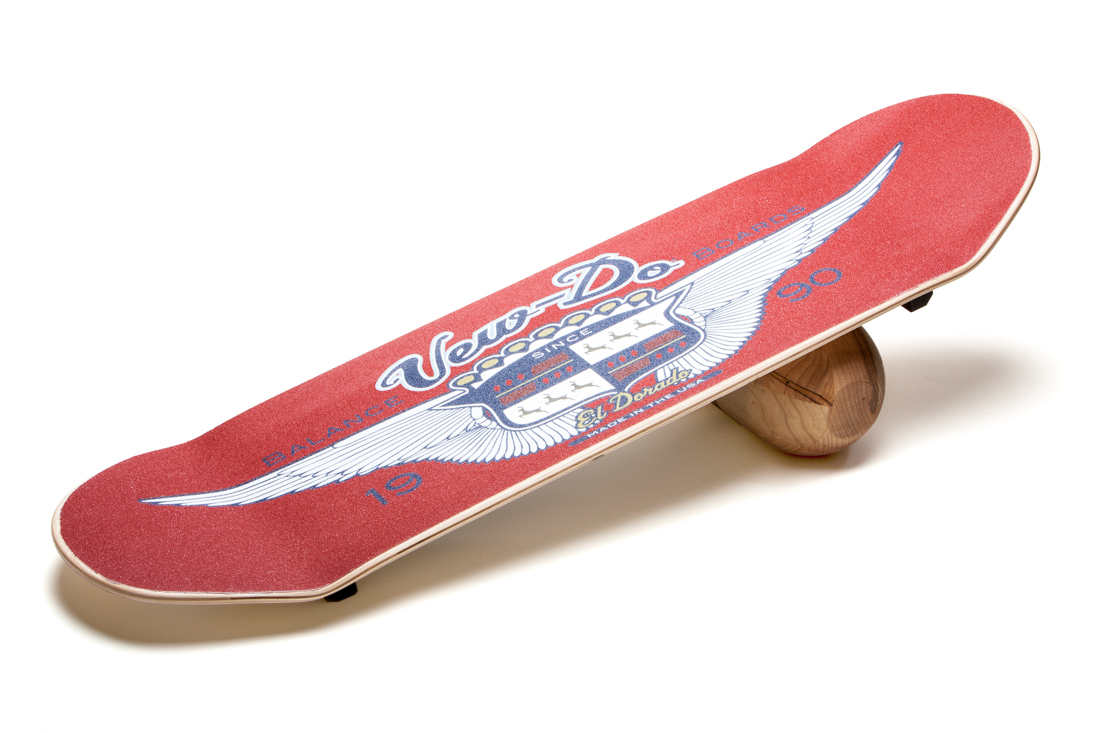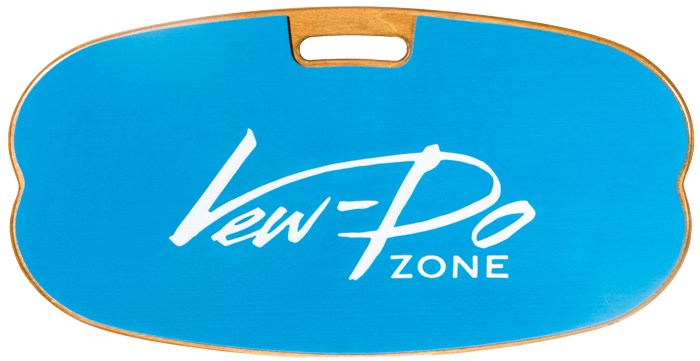Like all the other sheep before me, in the last thirty years, I’ve been duped into using some, well …less than productive strength training exercises. It’s very easy to do when you aimlessly follow advice that’s either obsolete or biomechanically wrong to begin with. But today, through a better understanding of biomechanics and physiology, much more is known about how athletes can safely get the maximum benefits from strength training.
All athletics and physical activity cause micro-injuries (inflammation, muscle and tendon tears and increased joint wear) …it’s unavoidable and necessary because the recovery process from training is what actually makes you stronger. The most productive training exercises increase strength without pushing the body past the point of full recovery.
For some strength training exercises, if you’re not getting your information from an M.D. or preferably a PhD. in Biomechanics, Physiology or Orthopedics, you’re drinking a strength training ”Kool Aid“ recipe for disaster.
Performing strength training exercises using poor technique is bad, but the wrong exercises, even using the proper technique can be even worse.
The information here comes from first hand experience, research, the writings of Dr. William Wong, a Classical Naturopath, PhD. Exercise Physiologist and a World Sports Medicine Hall of Fame member. And from lengthy discussions with orthopedic surgeon Dr. Nicholas Bavaro from Rivertown Orthopaedics. So here we go.
5 Worst Strength Training Exercises for Athletes
1. Behind the Head Shoulder (Military) Press – A horrible exercise. ”The deltoids stop working at 90 degrees of abduction. That's about the starting position for this exercise! So what are you really working here? Your upper back some, and your triceps a lot. Your deltoids act as fixators; muscles that support the joint and allow movement to happen. But they do not act as prime movers or even agonists (in other words the deltoids don't do much here at all). What this exercise will do is to wreck the rear of your rotator cuff.“**
2. Straight-Legged Deadlifts - aka Stiff-Legged Deadlifts. One of the worst strength training exercises ever devised. ”These shear the ligaments at the sacroiliac joints which leads to excessive motion in the joint and pre-mature joint wear and tear. Straight-legged deadlifts also cause a crushing, shearing action on the lower spinal discs.“ ** Bottom line: You shouldn’t even be lifting a can of tuna this way, let alone an Olympic barbell loaded up with weights. Ixnay on the Del Rey for this exercise.
3. Behind the Head Wide Grip Pull Downs – Doing these (with the palms facing in) is bad. With the palms facing out, it’s even worse. Stop using this inefficient exercise now and switch to Front Pull downs, (palms facing you hands shoulder width apart, bar pulled to below the chin). You’ll see real strength gains and save your rotator cuffs.
Dr. Wong on the biomechanics: ”Most folks who train have what is called in biomechanics an anterior/posterior (front to back) imbalance. Your upper and middle back is supposed to be stronger than your chest or at least equal to it. Can you lat pull down as much as you can bench press? Didn't think so! Not many folks can, and yet the latissimus are three times longer, two times thicker and have a better bio-mechanical attachment onto the shoulder than the pectorals do!
So why are you stronger in the front than in the back? The answer is easy …For years you've been doing those dumb bodybuilding pull downs because of what the inexpert experts said.“**
4. Pull Ups/Chin Ups (With Palms facing Away From You) - These movements are not only bio mechanically inefficient they murder the rotator cuff, killing mostly the supraspinatus and terres muscles. There are many variations of the pulldown/pullup, but the most biomechanical efficient and thorough method is the one where your palms are facing your face (supinated) and are placed shoulder width apart on the bar. Wider grips endanger the rotator cuff of the shoulder as do the palms facing away (pronated) grip.
On biomechanics: ”The lats have 160 degrees of range of motion when worked in the sagittal (front to back plane), to do that, your palms need to be facing you to properly position your elbows. Turn your palms away from you and all of a sudden you are working on the transverse plane where the lats only have a 60 to 80 degree ROM.“
”Not only that, but without the bicep in the action your weak little elbow flexors will give out before the lats are saturated with exercise so the loss is doubled. It is from these wide grip and pronated grip pulldowns and pullups that many older weight trainers trash out their shoulders. The old wives tale of the lats having to work harder to make up for the biceps not being in the work would be true if the lats were connected to the elbow but they are not, they attach at the shoulder, so that often told exercise pointer is absolute biomechanical hogwash!“ **
5. Full Range of Motion Bench Press – These cause anterior shoulder tendonitis and rotator cuff injuries. The bench press is the single greatest destroyer of the rotator cuff in lifting. Its been proven that the floor bench press or 1/2 range of motion bench press guards against rotator cuff injuries while making you just as strong as the full range of motion exercise. Who knew?
So there you have it. The five worst strength training exercises and why you should avoid them like the plague. I’m sure some people will find this list surprising and even controversial, especially when it comes to the beloved bench press. But the information here should help you make better risk/reward decisions when it comes to strength training exercises.
** Dr. William Wong, a Classical Naturopath, PhD. Exercise Physiologist and a World Sports Medicine Hall of Fame member. If you would like to get more information about Dr. Wong’s training and health protocols, then visit his website at Totality of Being.







